Does Blue-Light Therapy Work for Varicose Veins?
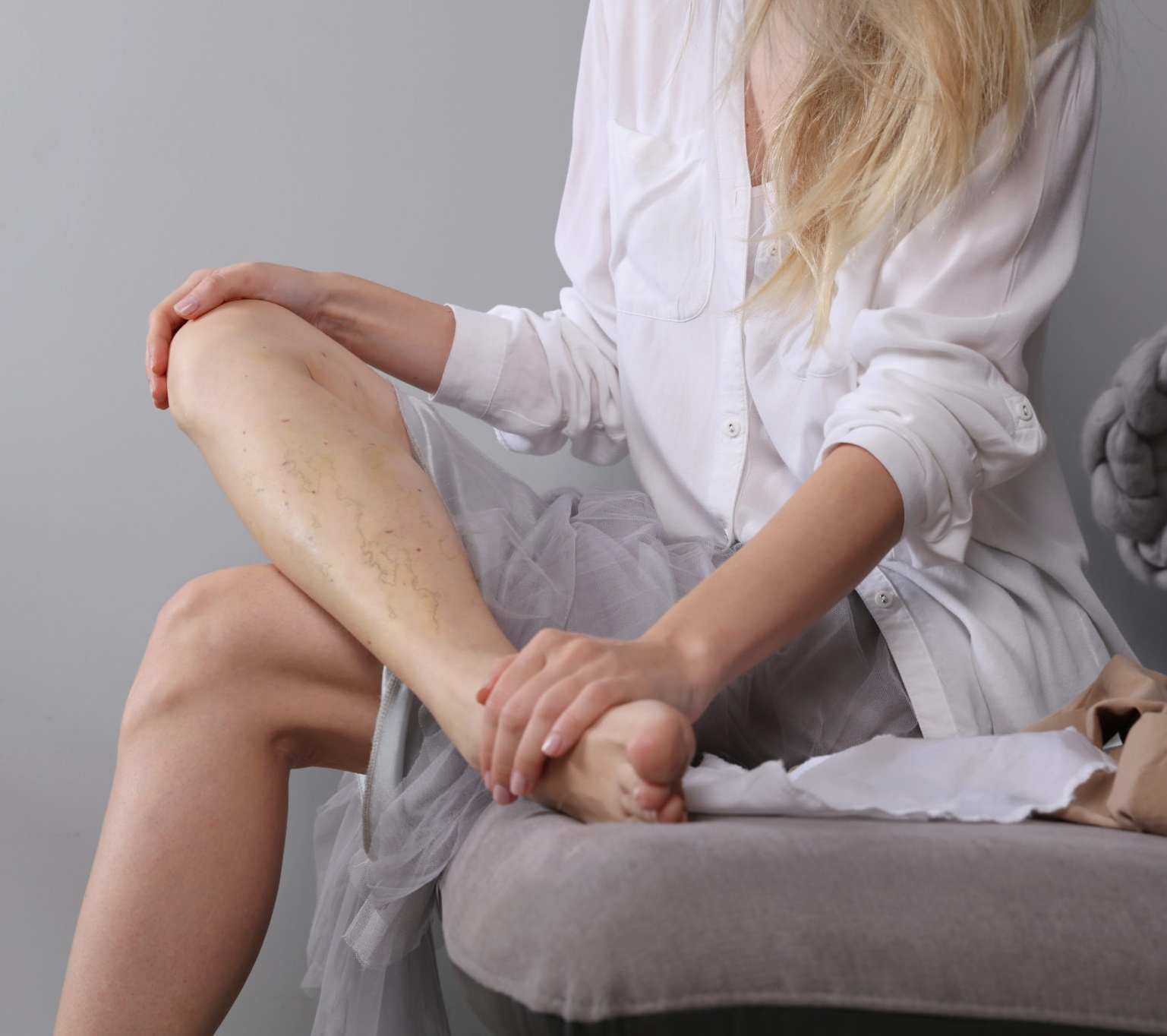
September 09, 2021
Some people with spider veins or varicose veins may wish for an easy solution to make the lines or bulges on their legs fade or disappear. Doctors offer a variety of effective treatments, but some people may be intrigued by blue-light therapy, which may be available in spas or for at-home treatment.
Although some individuals may have positive experiences with it, blue-light treatments may not be effective and won’t be as effective as other therapies which doctors can offer.
“People may try to do something inexpensive at home or go to a spa, but they shouldn’t expect much from an inexpensive blue-light pen that’s available online, and a spa technician doesn’t have the equipment or expertise to provide effective medical treatments,” says vascular surgeon, Habib Khan, M.D. “People with spider veins or varicose veins should trust a doctor to find a solution that works best for them.”
Understanding Spider and Varicose Veins
Spider veins are thin lines that can be seen through the skin, and they’re often reddish. Varicose veins are thicker, ropier veins, which may be bluish or purple, or they may appear as bulges beneath your skin. Both may develop when blood doesn’t flow through leg veins efficiently.
Blue-light therapy may be more likely to work on smaller spider veins than larger varicose veins, but it may not have a noticeable effect. However, blue-light therapy has been shown to work as an acne treatment, so it may help people with other issues related to the appearance of the skin.
Varicose veins and spider veins are more common among women than men. They’re also more likely to develop in:
- people with a family history of varicose veins or spider veins
- pregnant women
- people who are obese
- older adults, including menopausal women
Spider veins and varicose veins don’t typically cause health problems; they’re usually a cosmetic issue, although they may cause discomfort or make your legs feel heavy or tired.
Ways to Minimize Spider and Varicose Veins
If you’re bothered by varicose veins or spider veins, ask a doctor about your options for minimizing or eliminating them. You’ll have better results with a medical professional than at a spa or through an online purchase. However, spider veins and varicose veins sometimes develop again in people who are susceptible to them, regardless of the treatment.
Common treatments for varicose veins and spider veins include:
- Lifestyle changes. People who sit or stand for long stretches are more likely to develop spider veins or varicose veins. To reduce your chances, break up long periods of sitting or standing, and take time every day to be physically active – go for walks, or do other exercise. If you’re overweight, losing weight will put less pressure on your leg veins, which may help blood flow through them more easily.
- Compression stockings. Your doctor may recommend that you wear special compression stockings during the day, which may help blood flow through your leg veins more efficiently.
- Sclerotherapy. Your doctor can inject a chemical into varicose veins, which makes them collapse and close. People often need the treatment more than once for veins to fully shut. Within weeks, the veins should fade and disappear. Doctors usually recommend that people wear compression stockings after the injections, to encourage healing.
- Laser treatments. For small veins near the skin’s surface, laser light is powerful and effective enough to make the veins fade over time. Repeat treatments are often necessary.
- Endovenous thermal ablation. For larger varicose veins deeper within the legs, doctors can insert a catheter into the vein, then heat the tip, either by laser or radiofrequency energy. When it’s slowly removed, the heat causes the vein to collapse, closing it permanently. It should fade within weeks.
Next Steps & Resources:
- Meet our source: Habib Khan, M.D.
- To make an appointment with Dr. Khan, or a doctor near you, call 800-822-8905 or visit our website.
The material provided through HealthU is intended to be used as general information only and should not replace the advice of your physician. Always consult your physician for individual care.
Avoid Slipping on Ice This Winter

Slipping on ice is a leading cause of winter injuries — some of which can be especially serious for older adults.
By the Numbers: Getting Ahead of Flu Season
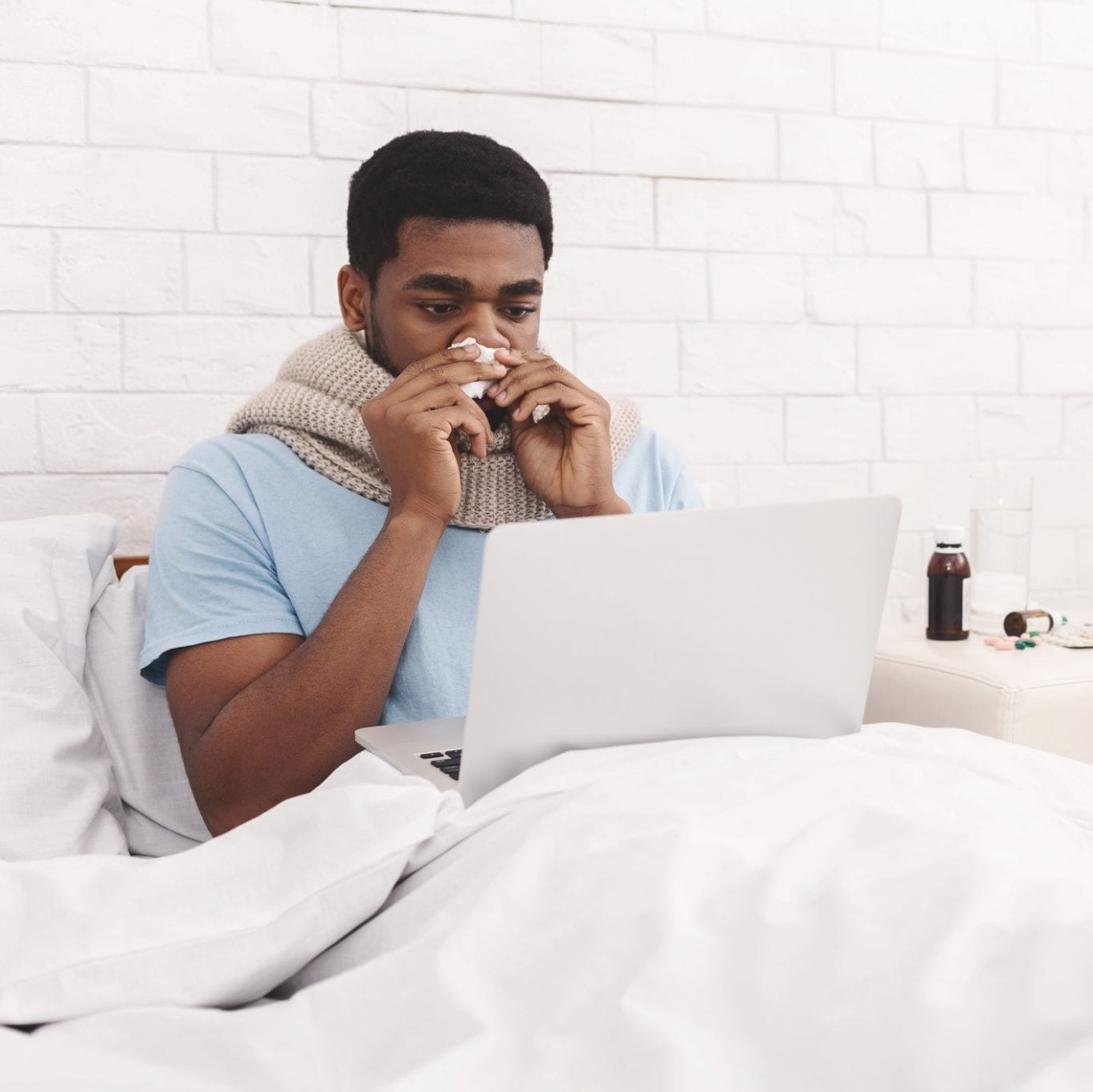
Every year like clockwork, the flu season descends again. While most people can recover from the flu without complications, the virus can be dangerous for others with weakened immune systems.
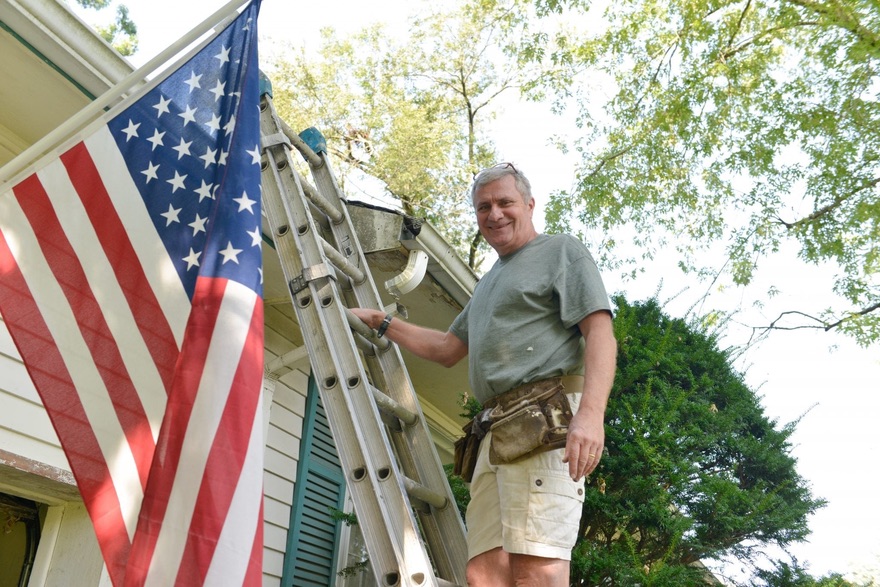
Innovative Care, Remarkable Results
For a Howell man, severe varicose veins are now a thing of the past. Twenty-one years ago, Doug Richardson underwent a procedure to remove severe varicose veins in both legs, only to watch in...
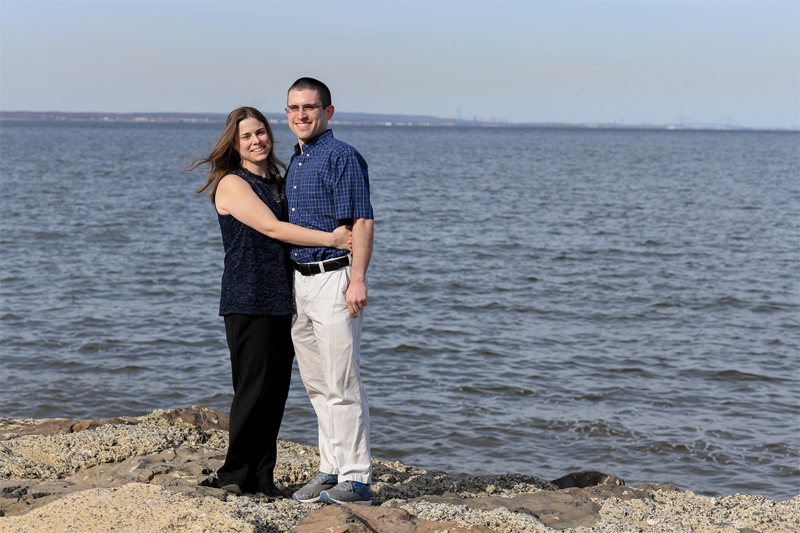
Role Reversal
Phillip Castillo, RN, has a scar on the right side of his skull that curls like a question mark, a reminder of how little he used to understand about the plight of his patients in the stroke unit at JFK Medical Center.
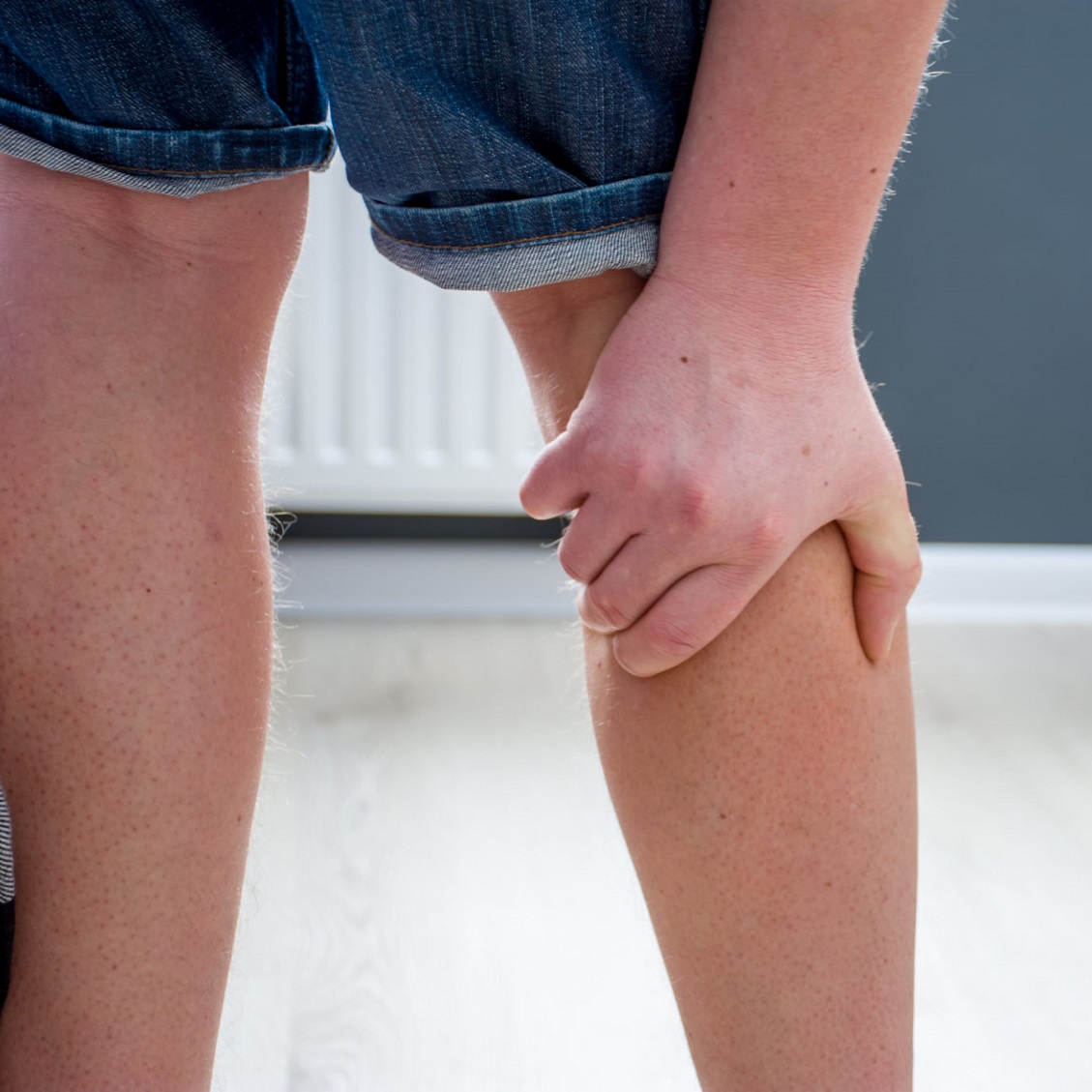
What Do Blood Clots in the Leg Feel Like?
When a blood clot forms, it can obstruct blood flow, leading to uncomfortable symptoms. Our experts explain signs of a blood clot, when to seek care, and healthy habits for prevention.
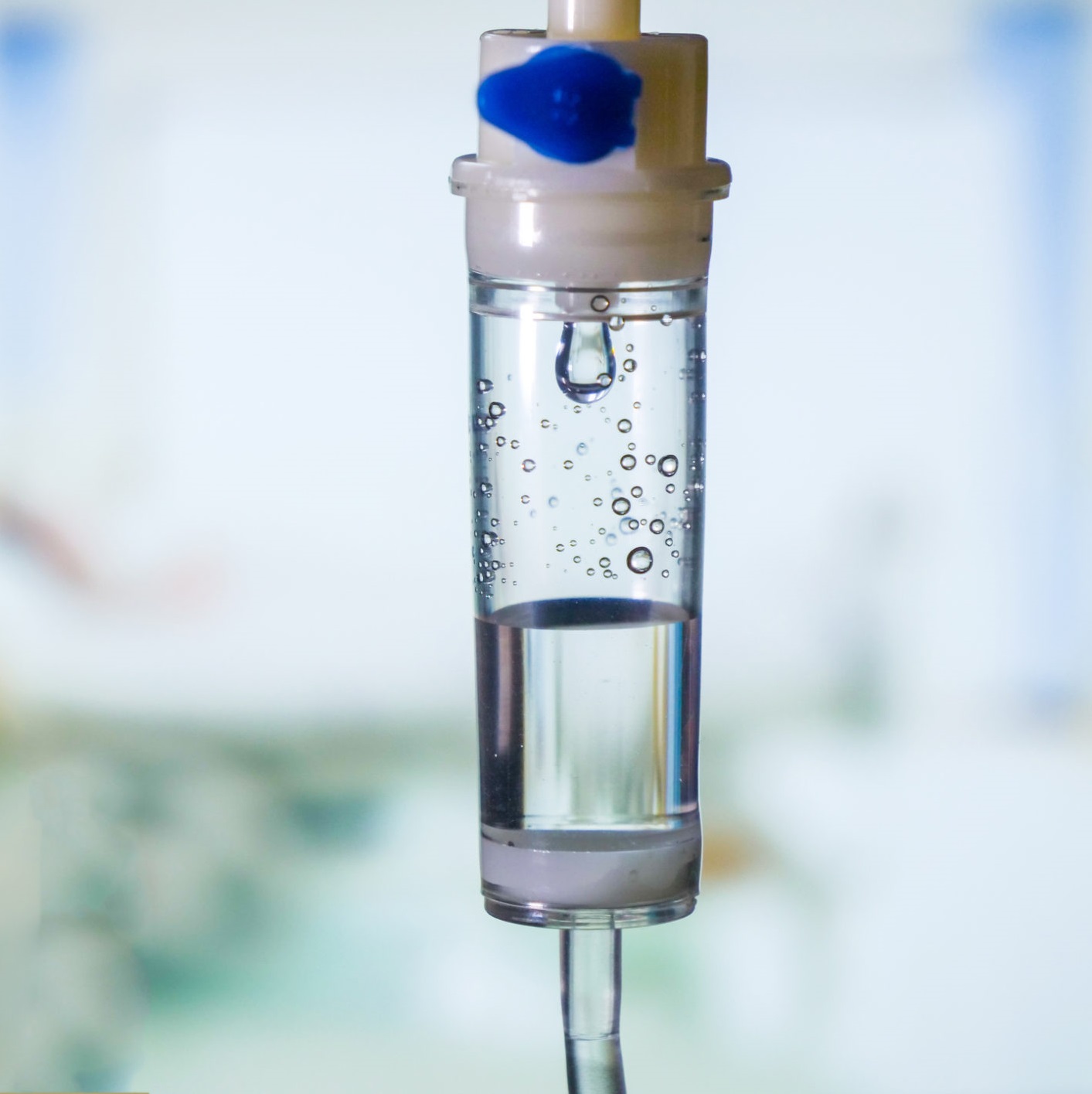
Does IV Hydration Cure Hangovers?
Some people are intrigued by intravenous (IV) treatments that can supposedly “cure” a hangover.